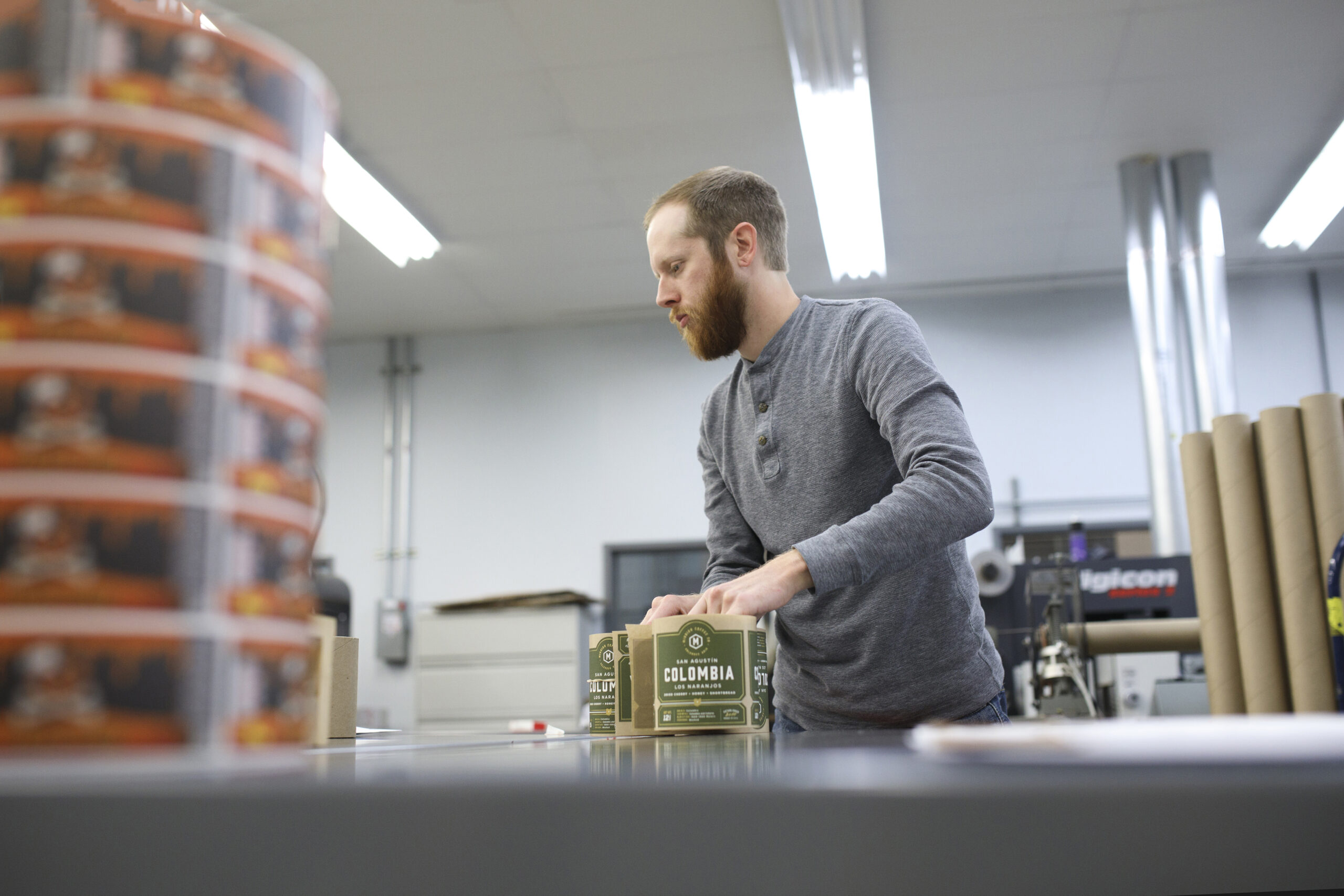What You Need to Know About FDA Health Claims on Food Labels and Dietary Supplements
For something that can’t talk, labels say a whole lot about your product. A good label should be able to communicate a whole story to consumers, including what your product is, how it can help them, and why they should choose your goods instead of someone else’s. These messages are critical to the success of your products, but you need to be careful that what your label says doesn’t get you in trouble.
Health claims on food labels are one major way to help communicate the benefits of your product to your intended audience. However, the FDA is very particular about exactly what businesses try to claim. The FDA has strict guidelines for what is and isn’t acceptable on product labels to prevent consumers from being swindled by false or misleading promises. One claim may be fine, but another could result in recalls, seized products, and criminal prosecution.
As you may have guessed by now, health claims are serious business. Unfortunately, the FDA’s various definitions and rules of health claim usage are a bit difficult to understand without some help. That’s why we wanted to break down the different health claims with examples to see what it takes to ensure that what your labels say is okay with the FDA.
The Different Types of Label Claims
In general, health claims on food labels are statements made on food product labels or dietary supplements that boast some type of health benefit. This may seem simple, but the FDA doesn’t treat every claim the same way. Label claims come in multiple forms:
- Health claims (which comprise of authorized health claims and qualified health claims)
- Nutrient content claims
- Structure/function claims
While they all have the same goal, there are distinct differences for each type of claim. In turn, the FDA has different guidelines that you need to follow depending on which claim you use.

What are health claims?
A health claim is a statement that creates a relationship between a product and some type of health benefit. For example, a specific ingredient may be tied to reduced risk for heart disease or some other condition. These claims can be represented in a few different ways:
- Written statement
- Symbols
- Vignettes
- Third-party statements
No matter how they’re represented, they still need to meet certain standards. Health claims require scientific evidence to be deemed acceptable for use. However, there are two different levels of health claims that dictate just what evidence is necessary:
- Authorized health claims
- Qualified health claims
Authorized health claims must meet the Significant Scientific Agreement (SSA) standard. Essentially, experts create a consensus of whether there’s enough publicly-available evidence that a certain health claim is accurate. For example, you can make the connection that diets that are low in sodium “may” or “might” reduce the risk of high blood pressure.
Qualified health claims aren’t quite as strict as their authorized compatriots. These claims don’t need to meet SSA standards, but still requires some significant scientific evidence. For example, scientific evidence suggests that including whole grains as part of a low saturated fat, low cholesterol diet, may reduce the risk of diabetes mellitus type 2 .
Of course, you need to be careful with the specific wording of statements. Fortunately, the FDA does provide approved lists of both approved health claims and qualified health claims online.
What are nutrient content claims?
While health claims dictate a certain relationship between certain ingredients or products and a health condition, nutrient content claims involve statements about specific nutrients found in your products. These include, but are not limited to:
- Calories
- Sugars
- Cholesterol
- Saturated fat
- Sodium
Essentially, nutrient content claims showcase how the level of certain ingredients relate to typical products. However, your products must meet certain FDA standards to do so. For example, your label can make the claim that it’s “100 percent fat free” if it contains 0.5 g fat per 100 g. Whether you want to market that your product is an excellent source of something or contains a small amount of something else, make sure you check the FDA’s guideline for content claim criteria on page 87 of the Food Labeling Guide.
It’s also important to note that the FDA cares about not only what you claim, but also how that claim is presented on your label. The FDA mandates that any nutrient content claims should be no more than twice as prominent as the name of your food or dietary supplement. In general, that means you should make sure your claim’s type size isn’t more than twice as big as your product name. If your claim is too big or too bold in comparison to your statement of identity, the FDA will probably want to have a word with you.
What are structure/function claims?
According to the FDA, structure/function claims “describe the role of a nutrient or dietary ingredient intended to affect the structure or function in humans or that characterize the documented mechanism by which a nutrient or dietary ingredient acts to maintain such structure or function.” In short, these claims cover any statements about how a certain nutrient generally impacts the human body, as long as it doesn’t make a connection to preventing disease.
A good example of a structure/function claims is that “calcium helps create strong bones.” As long as the claim is truthful, the FDA is fine with using structure/function claims on food products.
However, the FDA is more particular about these claims if you plan to use them on dietary supplements. In that case, you need to meet the following three requirements to use these claims on your packaging.
- You must have substantiation that the claims are truthful and not misleading before you make any claims
- You must notify the FDA that you’re using the claim within 30 days of first marketing your product
- The claim must include a mandatory disclaimer statement that is provided for in the law

Stake Your Claim with Quality Product Labels
Health claims on food labels can help you attract customers, but it’s only one piece of the packaging puzzle. A good label needs to balance compliance and quality, which means that it’s important to work with the right label printing company.
Blue Label Packaging Company offers the right combination of printing technology and expertise to bring out the best in your label designs. In addition to offering a variety of custom label printing capabilities, we’re committed to customer service as well. We work with you throughout the process to ensure a quality product and turnaround times of three to five business days after proofs are approved.
When you’re in need of eye-catching product labels, we’re ready to help. Contact us today the next time you need custom labels for your products.